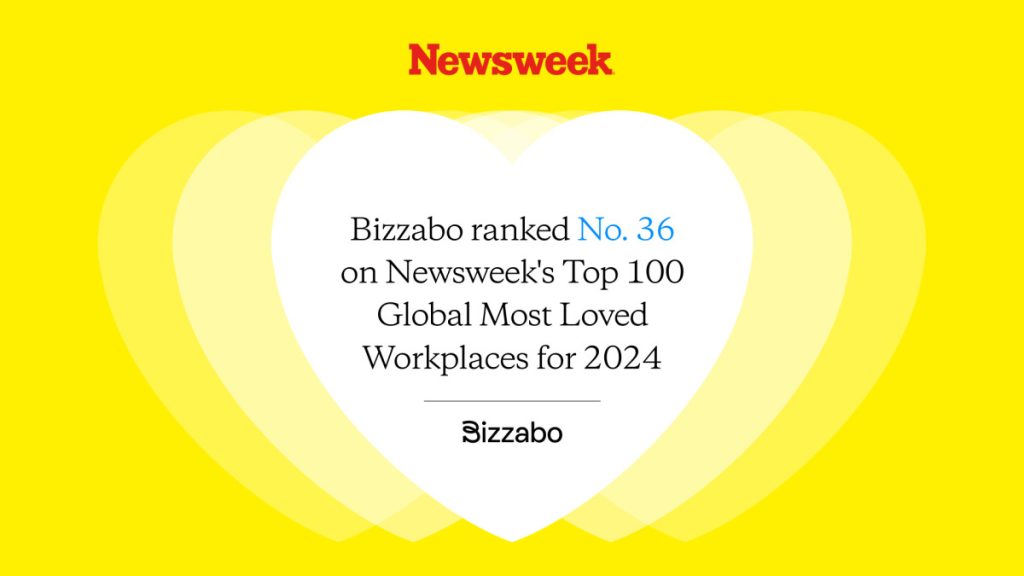8 Ways To Repurpose Event Content and Level Up Your Content Strategy

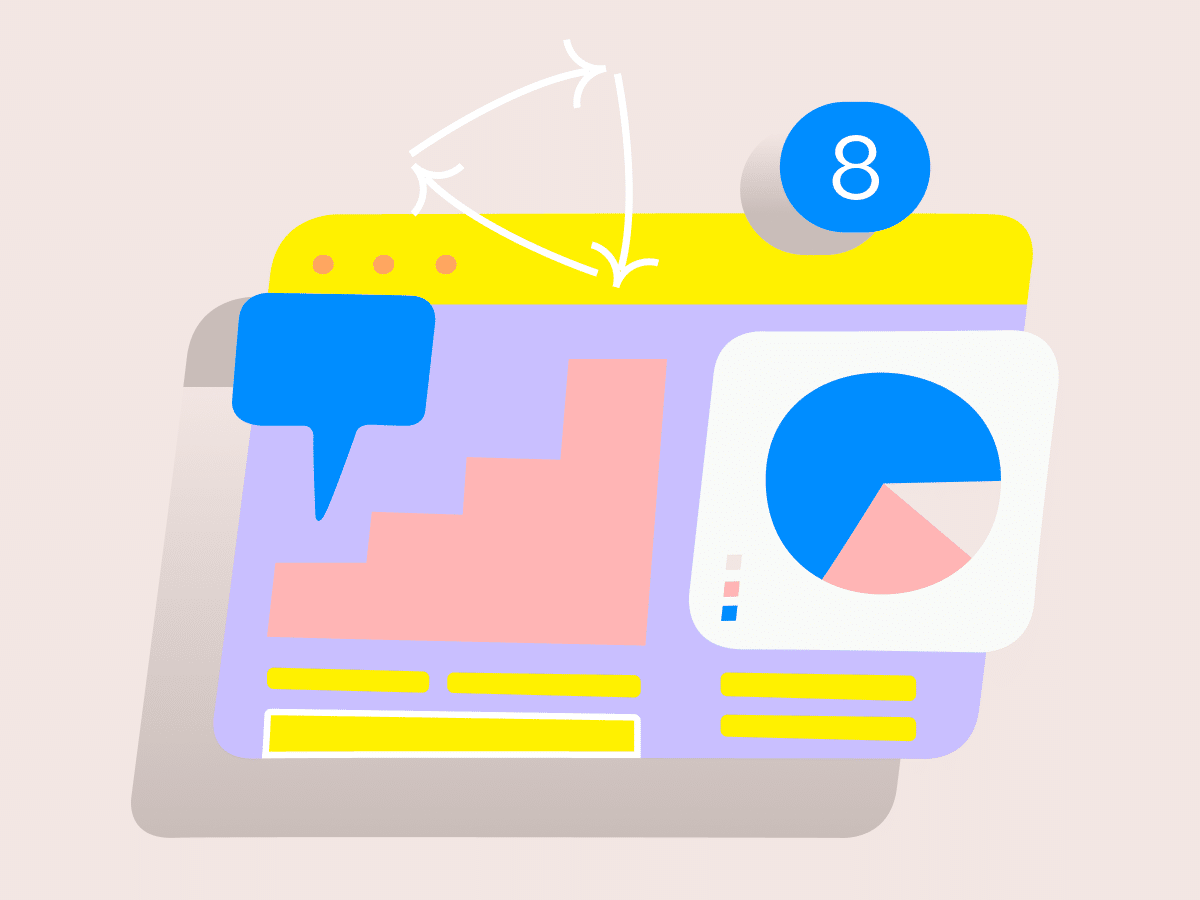
In-person and online events are great engagement and networking opportunities. But are attendees soaking in as much information as you think — or want? If you’re not repurposing event content, probably not!
Live sessions tend to move quickly and overload attendees with information — a reality that is less than ideal when most people remember just 10% of what they hear and 20% of what they read. Information retention plummets even further when people are hungry, tired, or overwhelmed from other sessions and engagements.
Repurposing content from in-person and virtual events not only improves information retention and serve attendees more effectively, but it also extends your reach, creates a lead-generating machine, and helps you do more with less. Read on to learn why repurposed content should be a part of your content strategy for events — and some easy ways to make it happen.
7 Benefits of Repurposing Event Content
Repurposing event content transforms a one-time event into a broadly consumed, ongoing learning experience. Let’s call it taking an omnichannel approach to your event strategy.
What is an omnichannel? It’s taking a sweeping approach to user engagement, marketing, and lead nurturing by leveraging various channels, platforms, devices, and formats to reach your audience. Here are a few reasons to repurpose event content into additional resources.
1. Keep Post-event Learning Going
Extending event content into other formats — such as blog articles, videos, or podcasts — helps create additional learning resources. This, in turn, enables organizations to nurture audiences over time and allows visitors to learn at their own pace. It also gives you a cache of content to use with new leads and prospects who may enter the buying process long after your event happened.
2. Improve Event Information Recall and Retention
Repurposed event content also provides the opportunity to reinforce information and messaging. Have you heard of the Ebbinhaus forgetting curve? Research shows that when people learn something, they usually forget most of the information within the first few days. When you parlay your event content into different formats, you ensure continued recall and retention.
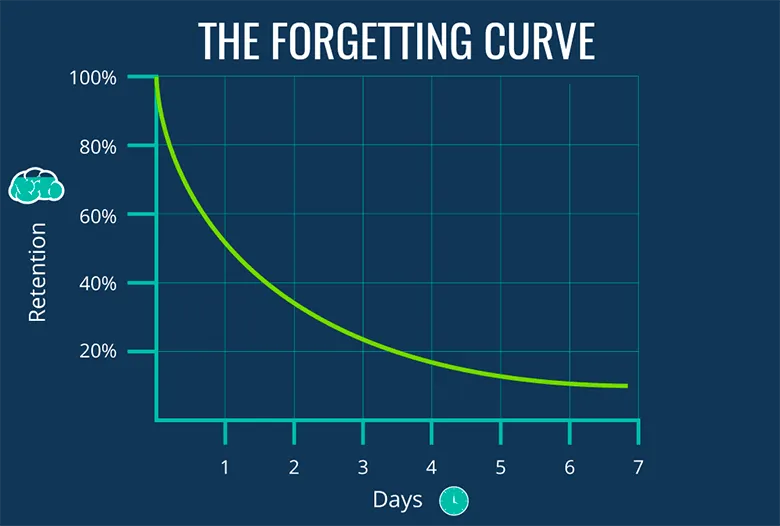
3. Extend Your Audience Reach
People tend to soak up information in different ways. For example, one person might learn best when reading blog articles, while another might absorb more information when watching a video. By repurposing content, you provide alternative avenues to engage with audiences.
At the same time, it’s also a great way to celebrate neurodiversity and offer inclusive events that cater to people with different learning preferences, needs, and personalities.
4. Enable Sales and GTM Teams
Sales and marketing data can change by the day as new information appears. Creating new content lets you keep core messaging from live events intact while also pointing viewers to the latest insights and trends. Also, a live event offers only a limited window of time to collect registration data. But after an event, you can gate assets and create ongoing opportunities to generate and nurture leads.
5. Champion Inclusion and Accessibility
Not everyone can attend your in-person event or show up live to your virtual event, and there are many reasons why. If you can’t offer live sign language interpretation or captions, or you don’t have options for the hearing impaired, make sure your post-event content is inclusive. For example, create scannable blog articles on your WCAG-compliant website, create on-demand video with captions, and deliver podcasts for the visually impaired.
6. Accelerate Content Creation
If you have a small team, repurposing event content can be a great way to expand your content creation engine. If you look at a single event and all of the ways you can transform sessions into additional content, you’ll easily be able to fill up your content and social media calendars without a heavy lift or extensive costs.
7. Gain Powerful Data and Insights
Lastly, when you transform event content into various formats for different channels, you’ll gain deep insights into how people consume your content. For example, if live attendance at a session wasn’t great, but people are showing up in droves to listen to the podcast version, perhaps the topic is better suited for auditory channels. Or, if you take a popular session’s content and turn it into a gated kit, but people aren’t downloading it, you can test ungating it or offering it as a free resource to attendees instead.
8 Ways To Repurpose Event Content
There are a variety of ways to transform event content into new deliverables. Don’t forget to ask your speakers to share any new content tied to their session on social media. Not only will it help push your content out to a wider audience, but it also helps that speaker build their thought leadership brand too. Try leveraging the following deliverables as you build your content strategy for events:
1. Podcasts
Turn the audio from your sessions into podcasts. You can also invite speakers to speak on your podcast for a follow-up episode or for a fresh, topical conversation. Podcasts can run anywhere from 15 minutes to an hour or longer, depending on the nature of the presentation, giving you plenty of flexibility in building out your post-event podcast strategy.
2. Blog Articles
Many companies use blogs to write recap-style articles and link them to on-demand sessions. Blog articles are great because they allow you to post various media, including audio, video, images, and text. They’re also easy to share on social media and via email marketing outreach.
If you don’t want to create a ton of recap-style articles — lest your blog becomes a dumping ground for post-event articles — you can also just use the content from your event sessions to write general content. Here’s an example of an event session-based blog article we wrote that is less of a recap than a standard article covering a trending topic: “Virtual Event Pricing Strategies: To Charge or Not To Charge?”
3. Microblogging
A microblog is a short piece of content you publish on social media, particularly LinkedIn. Microblogs are longer than regular social posts and contain interesting or eye-catching data, images, videos, or graphics. The goal of a microblog is to push people to read the full-form article on your blog or to take another action, such as downloading an ebook or watching a webinar on-demand.
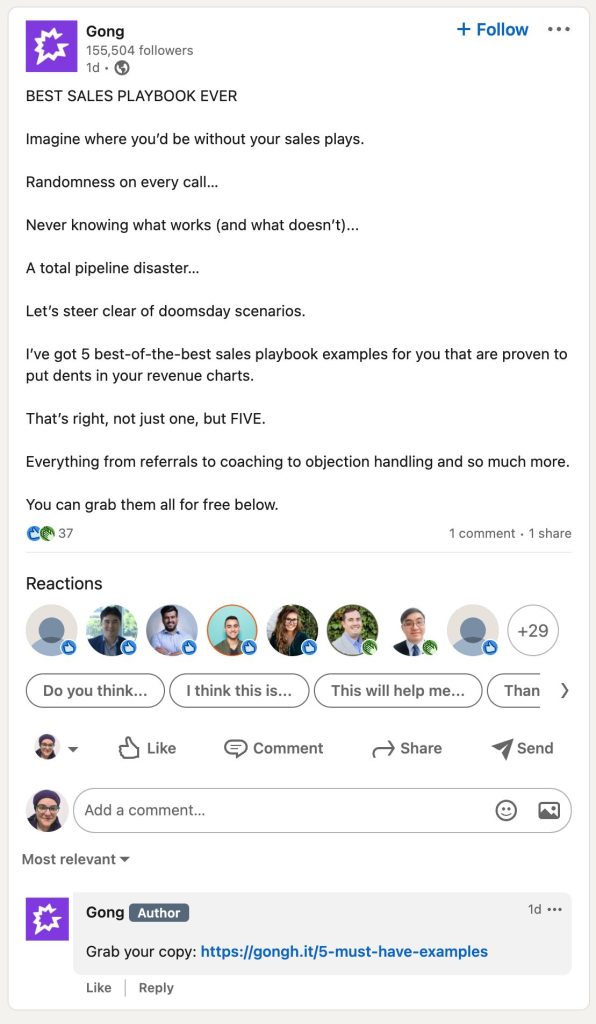
4. Webinars and Mini-courses
Webinars and mini-courses help get extra mileage out of large in-person events like conferences and company summits. You can record sessions and offer them on-demand or through ongoing training courses. With a bit of editing and repackaging, you can break your multi-day or multi-session event into a series of webinars or a complete library of valuable content on your YouTube channel.
If your event had tons of sessions over multiple days, you could also host a short, ungated, on-demand post-event key takeaways webinar. Here’s an example of a post-event roundup webinar video:
5. Animated Videos and GIFs
The amount of video watched online per week per person has almost doubled since 2018, according to Wyzowl research. It makes sense, then, that 86% of video marketers say video has been effective for generating leads. If you’re not taking your event video and slicing and dicing it for extended use, you’re missing out.
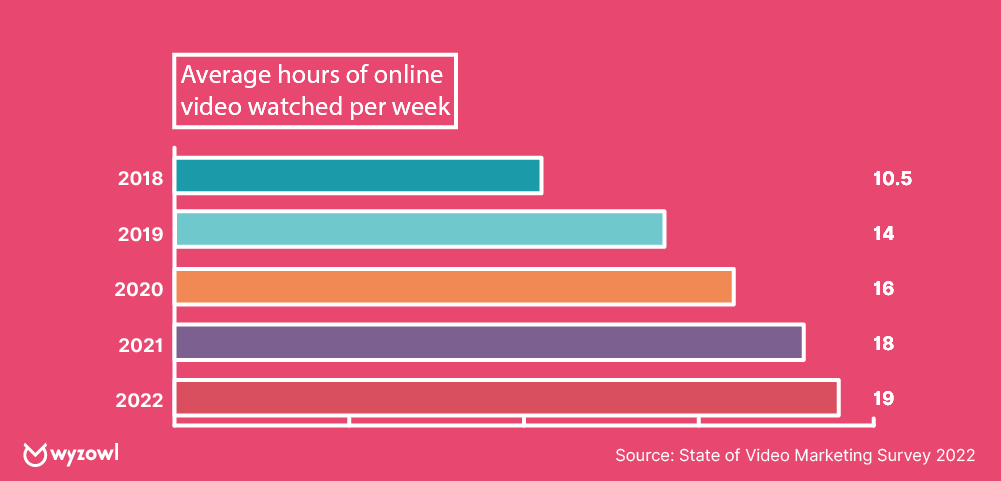
We recommend creating short animated explainer videos by breaking down messaging into bite-sized chunks and highlighting quotes, data, and innovative insights. Focus on compelling stories, inspiring individuals, and shocking statistics or analytics. Here are some examples of animated explainer videos:
Also, consider parlaying videos of key influencers, well-known speakers, or ridiculous moments into GIFs. Then, share those GIFs to sites like Giphy and keep tabs on their use on social and in online content.
6. Infographics and Social Graphics
Infographics are highly shareable and offer a great way to showcase statistics, quotes, and survey insights from live events. Infographics are the fourth most used type of content marketing, according to Hubspot data. Infographics have also had the biggest increase in usage among B2B marketers in the last four years, according to the Benchmarks, Budgets, and Trends — North America report.
Whether you create a long-form, scrolling infographic or graphics for sharing on social, focus on compelling statistics and information or stories that stand out as a compelling reason to watch your entire event on-demand. And don’t forget to submit your infographics to major sharing sites to increase your reach too.
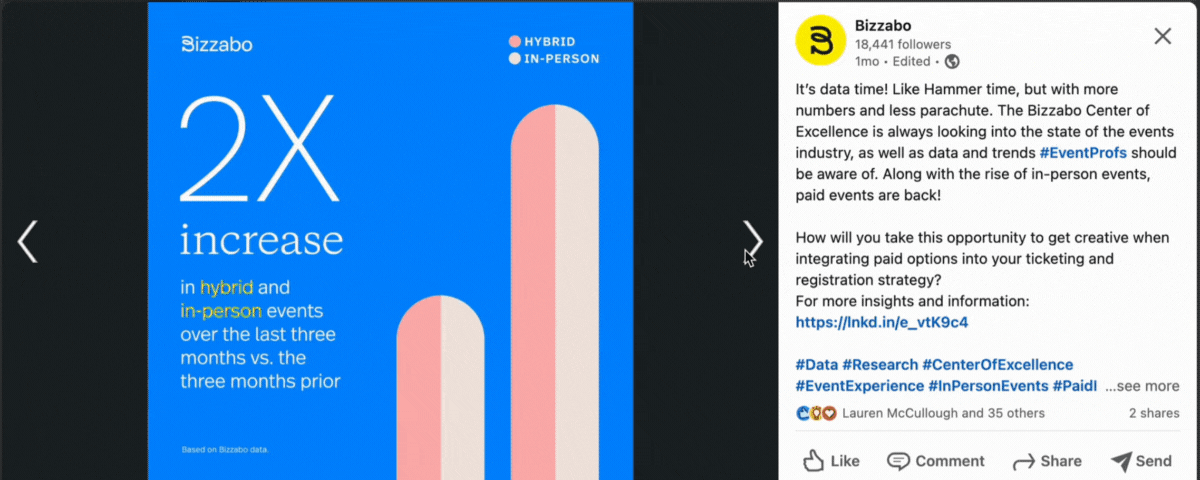
7. VIP Reports for Attendees
Another creative way to repurpose event content is to extract key takeaways or major themes from sessions and package them into an exclusive report with actionable insights. After the event ends, you can email attendees the report to say thanks and further engage with them. You can also gate this content as a lead gen engine through organic search.
8. Kits, Templates, and Workbooks
Did a speaker share a decision tree on Miro in their session or link out to a workbook template they created for the session? Whether you make net new content downloads or cobrand something with a speaker, you can offer some powerful post-event content that can stand alone for other lead nurturing campaigns. For example, if a session talks through a checklist for achieving success (on any topic), pull that content and design a downloadable PDF checklist.
Use Case: How Bizzabo Repurposes Event Content
Looking for some inspiration? Here are a few fun and engaging ways that we extended the life of our Event Experience Summit:
Blog articles: We not only wrote a key takeaways article for the Summit, but we also took our top-performing sessions and turned the content into blog articles:
- Virtual Event Pricing Strategies: To Charge or Not To Charge?
- Professional Development: Level Up From Event Manager to Event Experience Leader
- Inclusive Event Planning: How To Build Content Journeys for Neurodiversity
Podcast episodes: To reach podcast listeners, we took five of our Event Experience Summit sessions and turned them into podcast episodes. Listen now!
Report: We created an exclusive event recap report, featuring major themes and insights, plus ways for attendees to apply those learnings at their next event. We shared it with attendees and gated it for use in future lead nurture campaigns.
Get Inspired: Watch the Event Experience Summit On-demand
Want to brush up on the latest ways to build and scale experiential programs and enhance your event content strategy? Our Event Experience Summit is a great place to start. Get more inspiration on how to level up your event strategy by watching more than a dozen Event Experience Summit sessions on-demand.


